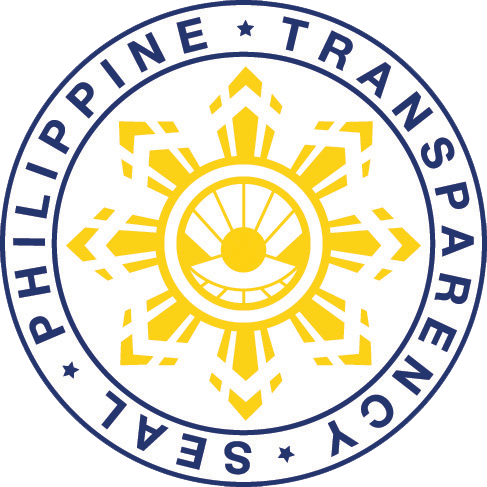The government relocation plan for illegal settler families (ISFs) living along identified danger zones is right on course, with some 34,000 families already assisted since the project began in 2011, Vice President Jejomar C. Binay said Friday.
“Since the start of the term of President Aquino, the National the National Housing Authority (NHA) has already assisted 34,050 households,” Binay, chairman of the Housing and Urban Development Coordinating Council (HUDCC), said.
The Vice President said that for the first half of 2013 alone, the National Housing Authority (NHA) had already assisted 13,251 families living in danger or flood-prone areas, with 20,750 more families projected to be assisted by the end of the year.
Binay said the plan to relocate all ISFs living in danger zones in five years is a “special project” of the government, which was given its own P50-billion budget by President Benigno S. Aquino.
“P10 billion per year. Siguro mga 20,000 units ’yun. So, in five years mga 100,000. ’Yun ang bilang sa ngayon doon sa mga kababayan nating nakatira sa danger zones,” the housing czar said.
“Pero more than that, meron pa naman kami [ng ibang projects]. Meron pa ring sarili rin niyang budget ’yung pabahay para doon sa mga kapulisan, para doon sa mga militar. Of course, nandoon pa rin ’yung pabahay na pinagagawa ng pamahalaan para doon sa mga nasasalanta dahil sa mga kalamidad,” he added.
The relocation program for ISFs living along Metro Manila waterways began on Monday, with the initial batch of 80 ISFs living along the San Juan River relocated to San Jose Heights in San Jose del Monte, Bulacan, one of the government’s resettlement sites under the ISF Housing Program.
Binay announced recently that 4,800 housing units are now ready for occupancy in the NHA’s resettlement sites in Trece Martirez in Cavite and in San Jose del Monte, Bocaue, Norzagaray and Pandi in Bulacan.
According to the housing czar, the resettlement sites are equipped with basic utilities and facilities such as water and electricity, health center and a school, among others.
Under President Aquino’s directive, the government launched in 2011 a five-year P50 billion housing program for ISFs living in danger areas in Metro Manila, particularly along waterways.
Based on data provided by NHA, Metro Manila has 104,219 ISFs living in danger areas and about 60,130 of them occupy major waterways.


